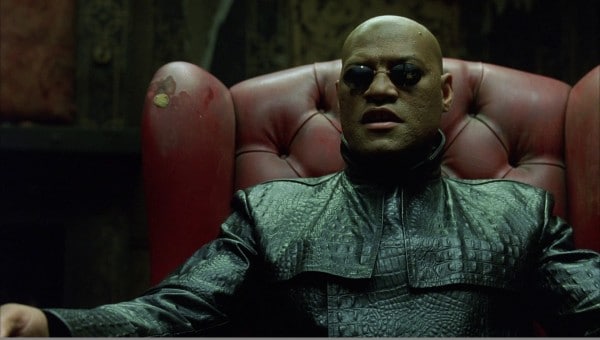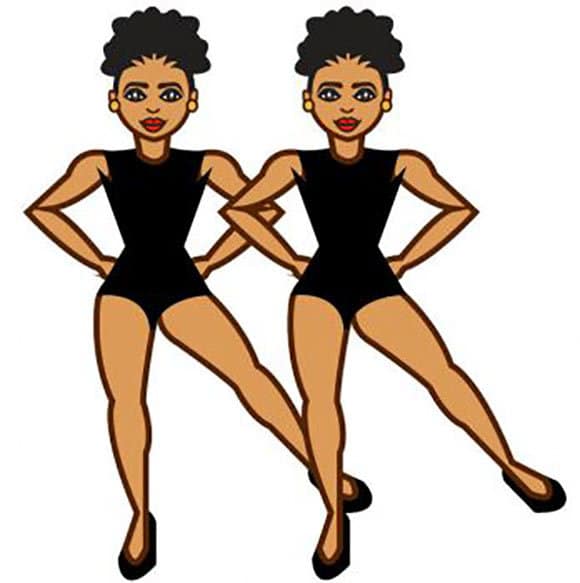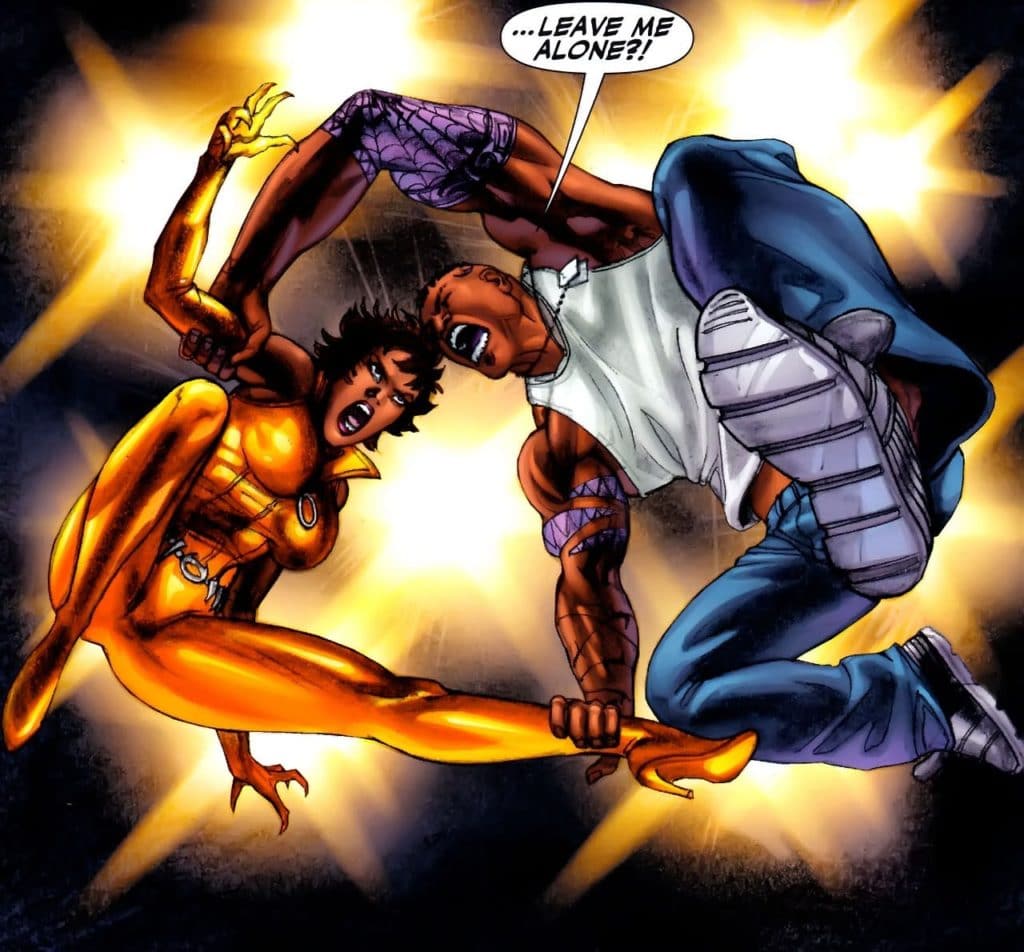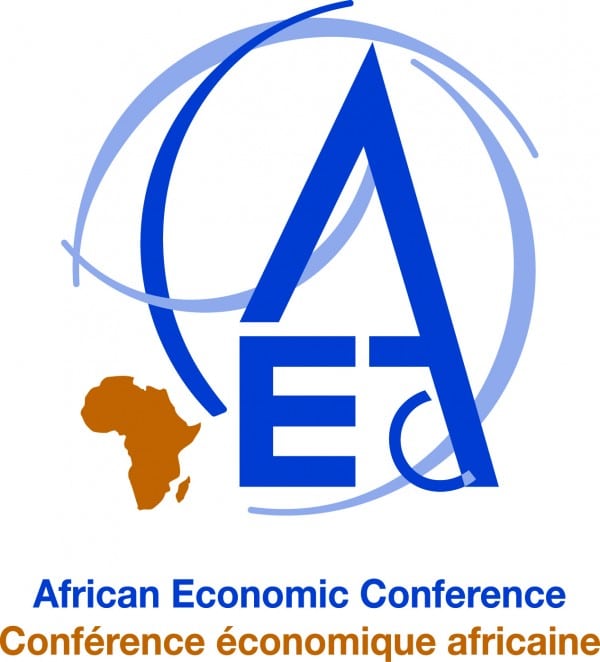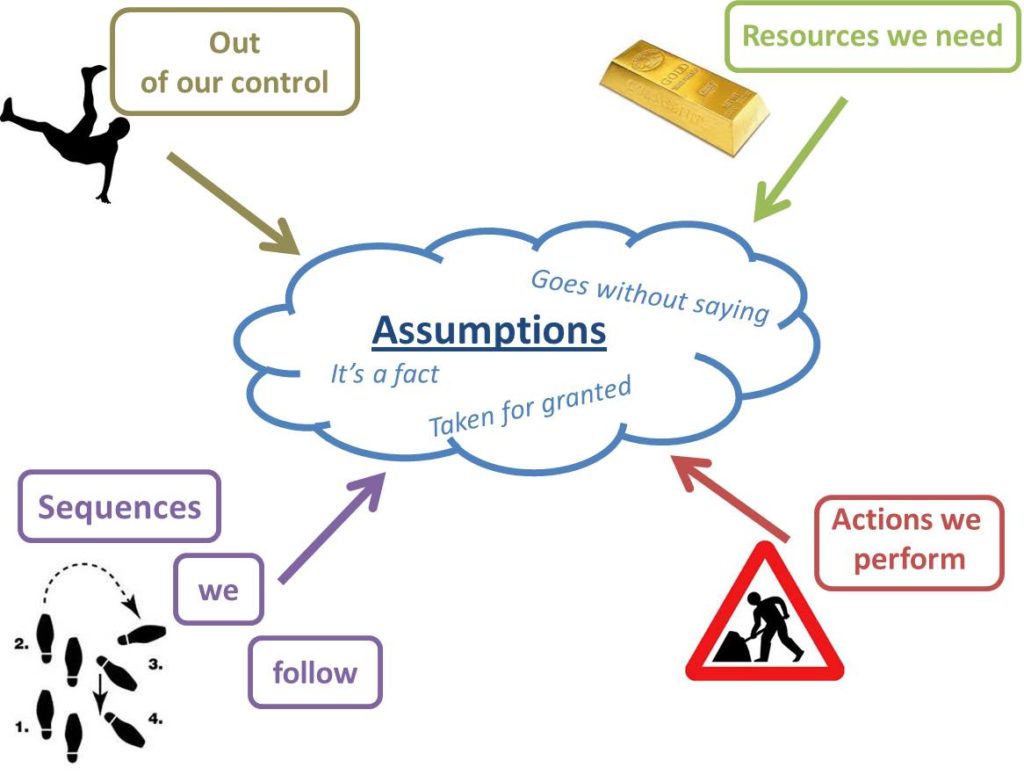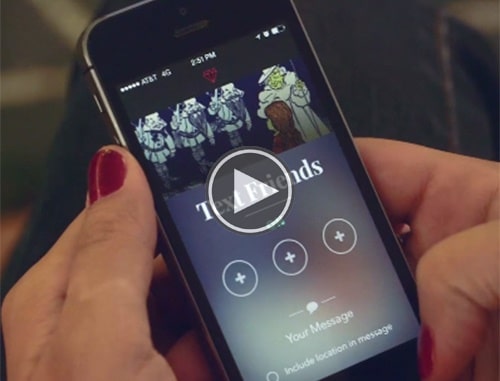Over the past few days, tech experts and global authorities have urged African countries to embrace innovation and technology in order to transform the entire continent into a global, economic powerhouse.
Thanks to a new wave of tech startups and government investments into these new businesses, experts believe Africa could be on the verge of an age of great innovation.
Companies like M-Pesa, the Kenya-based mobile-phone payment system, have already managed to boost economies in countries all across the continent.
According to Leadership.ng, M-Pesa has already “decreased informal savings in the country by 15 percent, increased the frequency of transfers and remittances by 35 percent, and increased usage of banking services by 58 percent beyond the levels of 2006.”
M-Pesa has since expanded beyond the boundaries of Kenya and into countries like Tanzania and South Africa.
Experts say this is just the start of what can be a magnificent burst of growth for many African countries.
The next step is for the continent to continue investing in people-driven technologies and continue discussing how to properly harness the vast knowledge and impressive skill set that many African entrepreneurs possess.
“Investment in skills, technology, knowledge and innovation will ensure democratic and responsive governance that can deliver effective public services and facilitate universal access to basic services, such as food and nutrition, water and sanitation, shelter, health and education,” said African Union Chairperson Nkosazana Dlamini Zuma at the closing of the ninth annual African Economic Conference (AEC).
The conference lasted for three days and brought business leaders, academics and economists from all over the globe together in order to discuss how to launch Africa into the global power it has the potential to be.
Experts at the conference hope to focus on boosting youth employment and furthering the adaption of new technologies across the continent.
Steve Kayizzi-Mugerwa, acting chief economist and vice president of African Development Bank, said now is the time for Africa’s brightest innovators to “stop being lazy” when it comes to innovation.
“We need to stop being lazy analysts and take our challenges for ourselves; stop wasting resources and implement our own ideas,” he said at the conference. “Africa must first understand where we are, what brought us here and then try to understand what to do differently to bring different results.”
Ban Ki-moon, the eighth and current secretary-general of the United Nations, couldn’t have agreed more with those sentiments.
“Technology can be used as a great power to change your life, to change our lives, particularly the life and future of Africa,” he said during his visit to the offices of the nonprofit technology company Ushahidi and its offshoot iHub in Nairobi, Kenya.
iHub/Ushahidi is considered a technology incubator and has already helped many young creators and developers implement new ideas in order to “promote great transformation for our society.”
He went on to say that Africa already has the “power of creativity” and now it’s up to those young innovators to use technology and creativity to change the world.
“When we use your creativity and ideas, I can bet you that the productivity and greater progress of the country will be at least 50 percent more than in the past,” he added.
iHub/Ushahidi has already been responsible for over 150 startups and garnered more than 14,000 members.
The experts who gathered at the AEC plan to continue fostering innovative solutions and working closely with governments and private sectors to boost Africa’s economic growth.
With a vast majority of Africa’s population still under the age of 20, these tech experts and academics believe investing in the younger generation will be critical to the continent’s 50-year plan to make Africa a global powerhouse by 2063.
 Blade
Blade The Falcon
The Falcon
